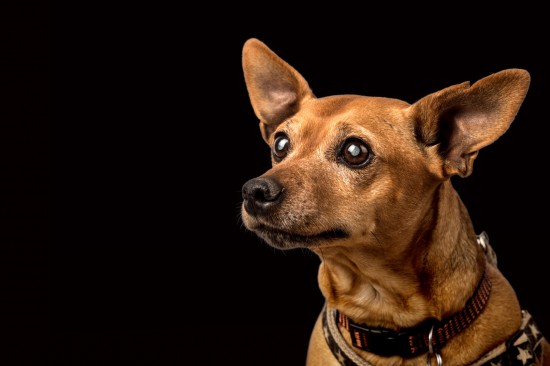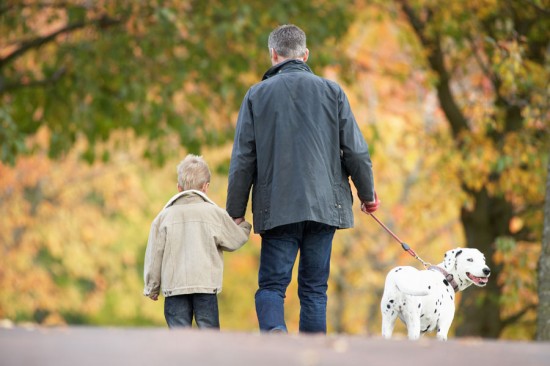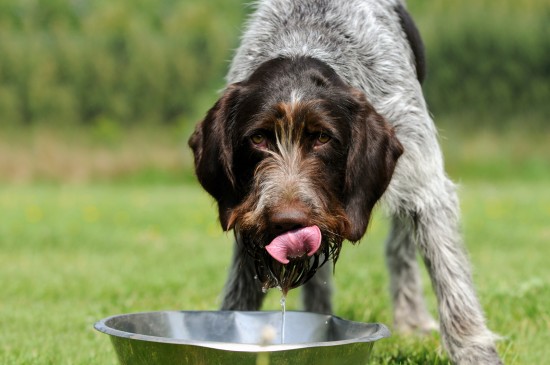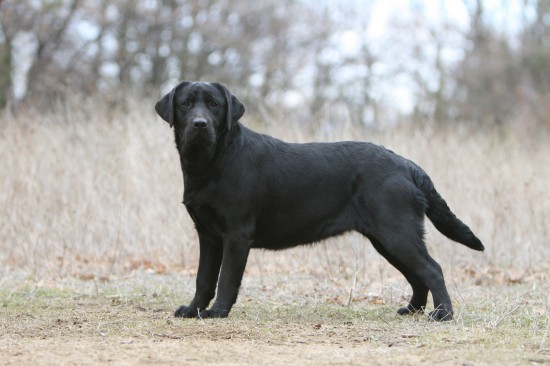

While the loss of the sense of sight is understandably not a minor problem, it is actually less of an issue for dogs than it is for people. Not only do dogs have their owners and families to look after them and keep them safe, but also, they do not rely upon their vision as heavily as we as people do, instead relying much more heavily on their sense of smell, as well as their other senses.
However, the loss of sight in the dog is not something that should be taken lightly, and if you own a dog that is blind, going blind, or does not have perfect vision, it is important that you take some important steps to accommodate for this, and keep your dog safe.
Dogs adjust well to blindness, and regardless of whether your dog was blind from birth, lost their vision gradually, or has partial but not perfect vision, there are several easy steps that you can take to make their life easier and to keep them safe from harm. Read on to find out more.
First and foremost, it is important that you take steps both within and outside of the home to keep your dog safe from dangers and hazards. Assuming that you yourself have good vision, it is not always obvious what will pose a potential hazard to your blind dog, so it is important to view things from your dog’s height, and with the point of view of impaired vision.
It is unlikely that you will be able to walk your dog outside of the home off the lead, particularly on roads and in public places, but there might be the possibility to let your dog off the lead in a safe, enclosed space such as a dog park of familiar field.
It is also important that your own garden and the area of your dog’s immediate territory is safe and suitable for them, and that they cannot wander out of the garden by mistake and potentially run into difficulties.
In your garden itself, ensure that any hazards such as ponds, holes or other potential dangers are fenced off and made safe, and restrict your dog’s access to areas that are hazard free. Even if you have a shallow pool or pond in your garden, the issue for a blind dog is not so much falling in as getting back out again, if your dog cannot find a suitable area of bank to climb out on without being able to see.
Use tools such as closed doors and baby gates within the home to keep your dog safe from the top of the stairs, or other things that might cause them to fall or become injured. Remember that even one low step might cause a blind dog to stumble if they are unaware of it, and plan accordingly.
It is a very bad idea to rearrange furniture without a good reason or move house unless you absolutely have to with a blind dog, as the familiarity with the usual layout around them helps blind dogs to navigate about.
It is important not only to avoid shifting things around unnecessarily, but also to ensure that you do what you can to keep walkways clear for blind dogs, without things on the floor or sticking out that your dog might fall over or run into. If you have children or other pets that are apt to leave toys lying about, this can be particular challenge, but it is important to keep on top of things to help to keep your blind dog safe and feeling confident within their home.
Dogs also gather up a lot of sensory input by means of the texture under their feet; for instance, they can tell the difference between grass and concrete, or carpet and wooden flooring. You can use this to your advantage, by using doormats and rugs placed strategically around the home to indicate to your dog different rooms, entranceways, and where their things are.
Whether your dog lost their vision over time or was blind from birth, the chances are that they are already familiar with common commands such as “sit” and “no.” You can also incorporate a range of words, tones and commands for your blind dog specifically, in order to teach them about things that they cannot see. Blind dogs will very quickly pick up words like “step” to indicate that they need to watch their step for a drop or rise, or “mind” to advise your dog to go cautiously and look out for an obstacle.
Your dog will also use the sound of your voice to orientate themselves to you, both within the home and when out, so use your voice to keep your blind dog appraised of your location, and talk to them frequently so that they are aware of where you are.
 Walking The Dog....volunteer Dog Walking
Walking The Dog..
Walking The Dog....volunteer Dog Walking
Walking The Dog..
 Reasons Why Dogs Drink Excessive Amounts Of Water
Reasons Why Dogs
Reasons Why Dogs Drink Excessive Amounts Of Water
Reasons Why Dogs
 Why Keep Degu’s?
Why Keep Degu’s?
Why Keep Degu’s?
Why Keep Degu’s?
 My Dog Suffers From Hip Dysplasia, Can They Still Compete?
My Dog Suffers Fr
My Dog Suffers From Hip Dysplasia, Can They Still Compete?
My Dog Suffers Fr
 Dachshund Or “sausage Dog” Health And Wellness Considerations
Dachshund Or “sau
Dachshund Or “sausage Dog” Health And Wellness Considerations
Dachshund Or “sau
Copyright © 2005-2016 Pet Information All Rights Reserved
Contact us: www162date@outlook.com